Nanna Ditzel's contribution to Danish design overlooked "because she was a woman"
Nanna Ditzel should be regarded as one of Denmark's best designers but has been "forgotten," according to speakers at a panel discussion hosted by Dezeen in collaboration with furniture brand Fredericia.
"She was considered the punk woman of Danish design," said Fredericia owner Thomas Graversen. "All the younger generation didn't dare to do what she did."
But he added that she was "more or less forgotten in Denmark".
"I have to conclude she was forgotten and probably because she was a woman," said Anders Byriel, CEO of Danish textile brand Kvadrat.
"I think she's in the top five Danish designers. She's up there with the big masters."
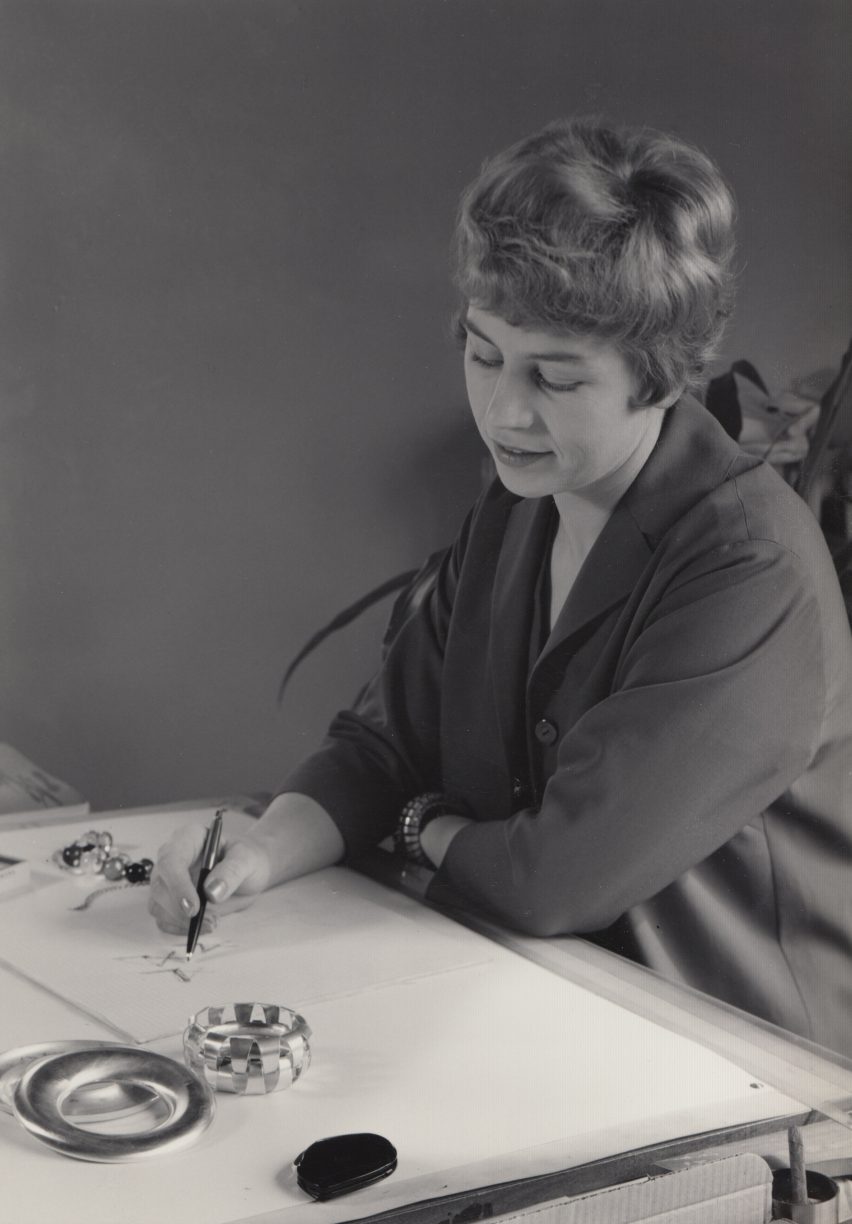
Ditzel, who died in 2005 aged 82, designed products for both Fredericia and Kvadrat and Graversen and Byriel knew her personally.
"Sometimes she took things further than maybe you thought you could do technically," said Graversen.
"She was taught as a cabinet maker but was truly an industrial designer," he added. "She designed maybe the most famous trains in Denmark; she did all this wonderful jewellery for Georg Jensen; she did a lot of household stuff like bowls and textiles."
"If you study her back catalogue, she has designed almost everything we use in daily life."
Ditzel deserved to be counted among design icons
Graversen and Byriel discussed the late designer's legacy at Fredericia's London showroom on 17 March in a conversation moderated by Dezeen's founder and editor-in-chief Marcus Fairs.
Both argued that Ditzel deserved to be counted amongst Danish design icons such as Hans J Wegner, Arne Jacobsen and Verner Panton.
Born in Copenhagen in 1923, Ditzel trained to become a cabinetmaker before going on to study at the Royal Academy in Copenhagen where she would meet her husband Jørgen Ditzel. They formed a design studio and worked together until his death in 1961.
"Jørgen died in 1961 when he was only 40 years old but when they were a couple, the attention was very much on Jørgen because he was the man. So after he died, she sort of stepped in and was in charge of everything herself," Graversen explained.
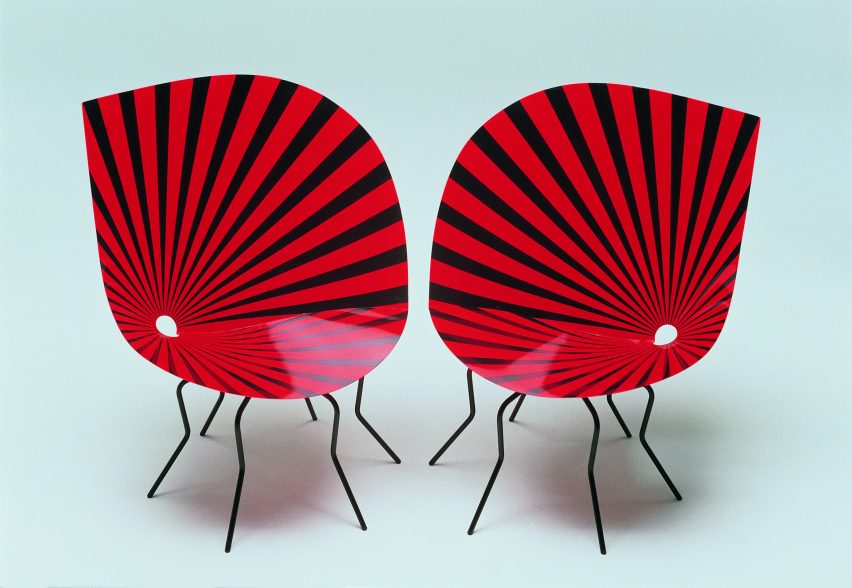
Together with her husband, Ditzel designed products across a range of disciplines including furniture, textiles, wallpaper and homeware.
"People were living their daily lives maybe not knowing it was all designed by Nanna," Graversen said.
Following the death of her husband, Ditzel continued designing a slew of furniture and objects throughout her career including jewellery for Georg Jensen, several furniture pieces for Fredericia, including the 1993 Trinidad chair, and Kvadrat's first and best-selling textile Hallingdal.
Breaking free of restrictive design rules
Belonging to a generation of designers that followed icons such as Arne Jacobsen, Børge Mogensen and Hans J Wegner, Ditzel studied under the influential designer Kaare Klint at the Danish School of Arts and Crafts in 1942 and graduated as a cabinetmaker in 1943.
"She broke out of these very restrictive and formal rules of design that Klint was teaching," Graversen stated.
"If you saw the Trinidad chair in 1993 when it came out, it looked like something never seen before," he added. "Everyone was buying Jacobsen's Series 7 chair or the Ant chair but then suddenly someone dared to put ornamentation on a chair."
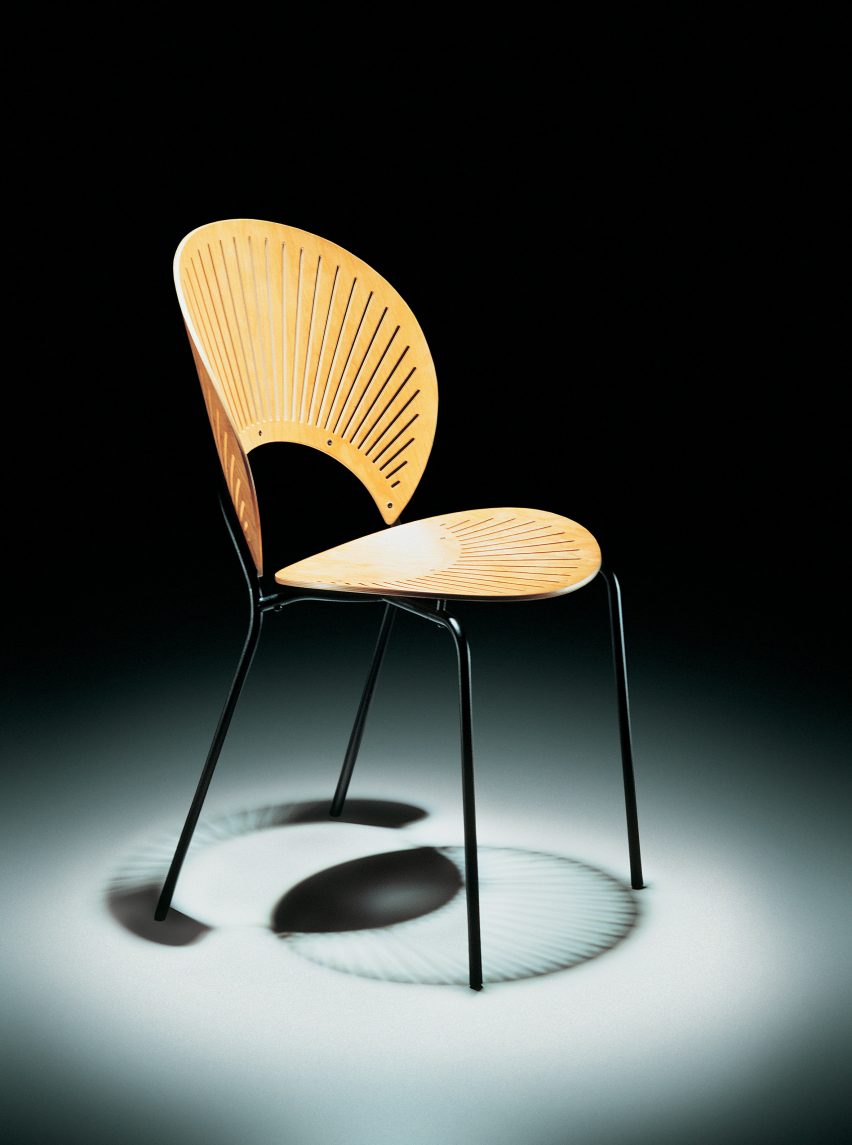
After the death of Jørgen Ditzel, Ditzel relocated to London where she ran the Interspace furniture store in Hampstead together with her second husband Kurt Heide until his death in 1985, after which she returned to Denmark.
Ditzel began working with Fredericia in 1989, designing several pieces such as the Bench for Two-seat and the Trinidad chair. She became the brand's second in-house designer after Mogensen.
"She came with a more sensitive kind of design to this very masculine Mogensen and Wegner era that everyone knew at the time and that was a lucky strike for us," Graversen explained.
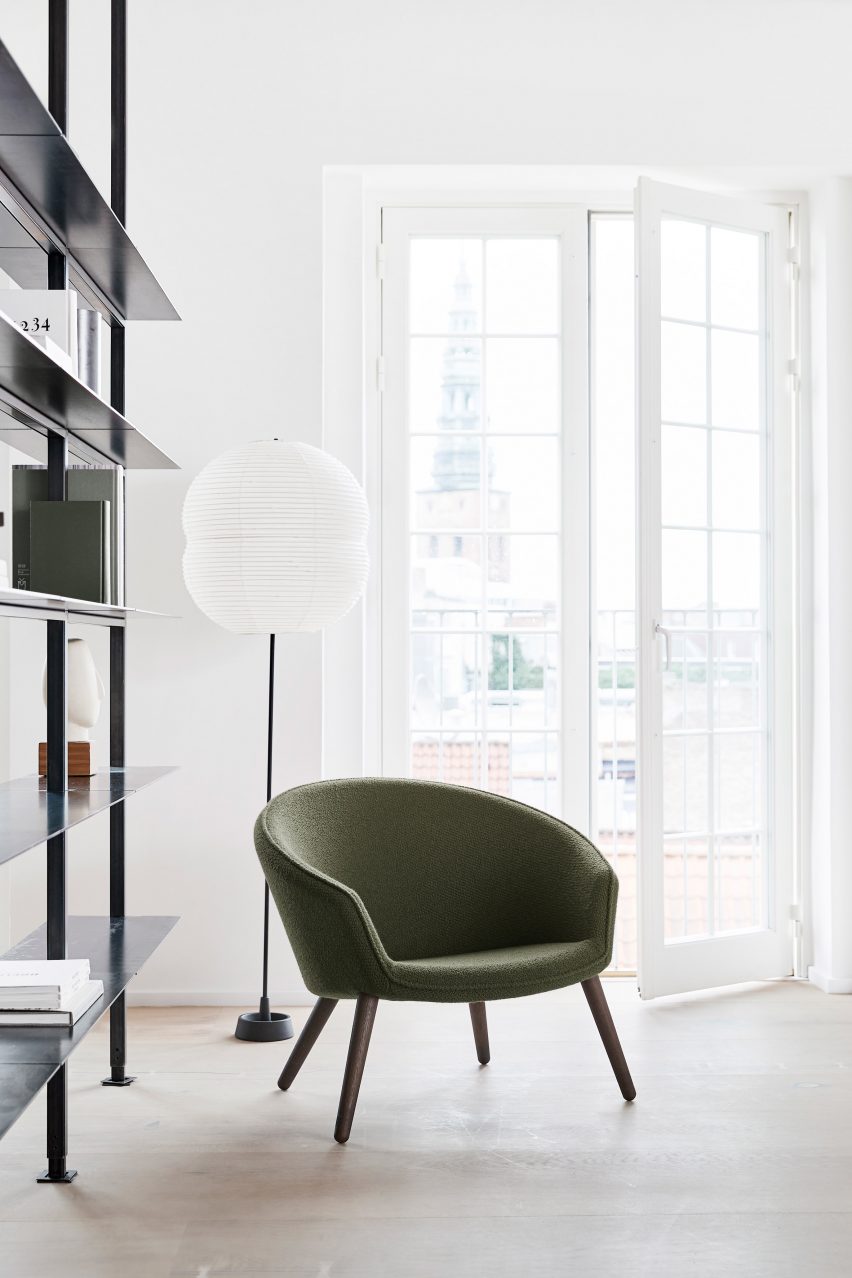
In 1965 Ditzel designed Hallingdal, Kvadrat's very first fabric, which it describes as "the archetype of woollen textiles".
"She was our first influential colourist," Byriel said. "A very important contribution for us and I think one of the most important colourists from the 1960s together with Verner Panton – at least from Scandinavia," he added.
Readjustment of the canon
The reevaluation of Ditzel's impact on Danish design history is part of a wider reassessment of design and architecture history in recent years, acknowledging the impact of women whose work has historically been overlooked in favour of their male peers.
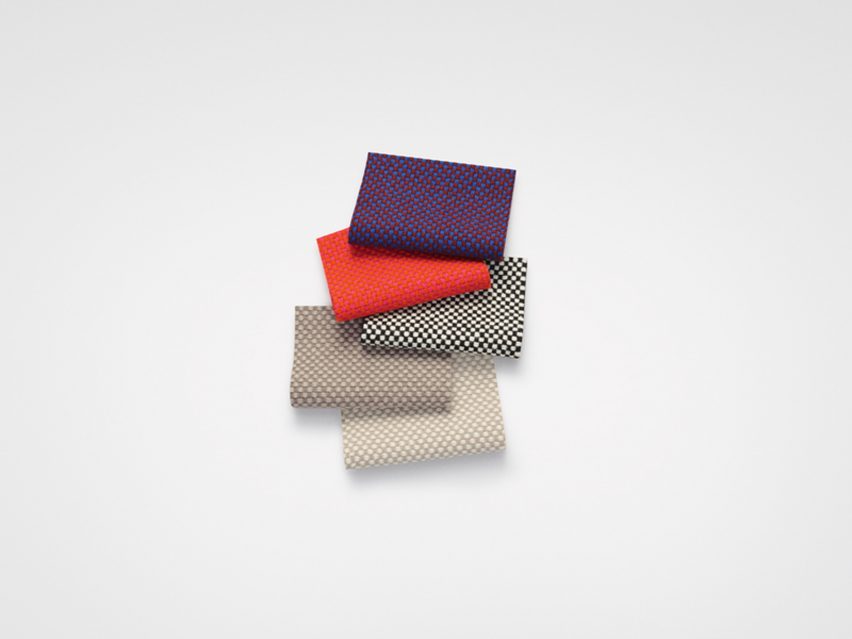
Examples include Lilly Reich, a Bauhaus professor who spent over a decade collaborating with architect Mies van der Rohe, Aino Marsio-Aalto, the wife and collaborator of architect Alvar Aalto, and Denise Scott Brown, the partner and widow of architect Robert Venturi who was excluded from her husband's 1991 Pritzker Prize recognition.
"In contemporary art, there's an adjustment of history, where you're going back and asking if we need to adjust the canon," Byriel said.
The panel argued that Ditzel's work served as a link between the canon of mid-century Danish design and a more contemporary generation of designers in Denmark, including Cecilie Manz and Maria Bruun.
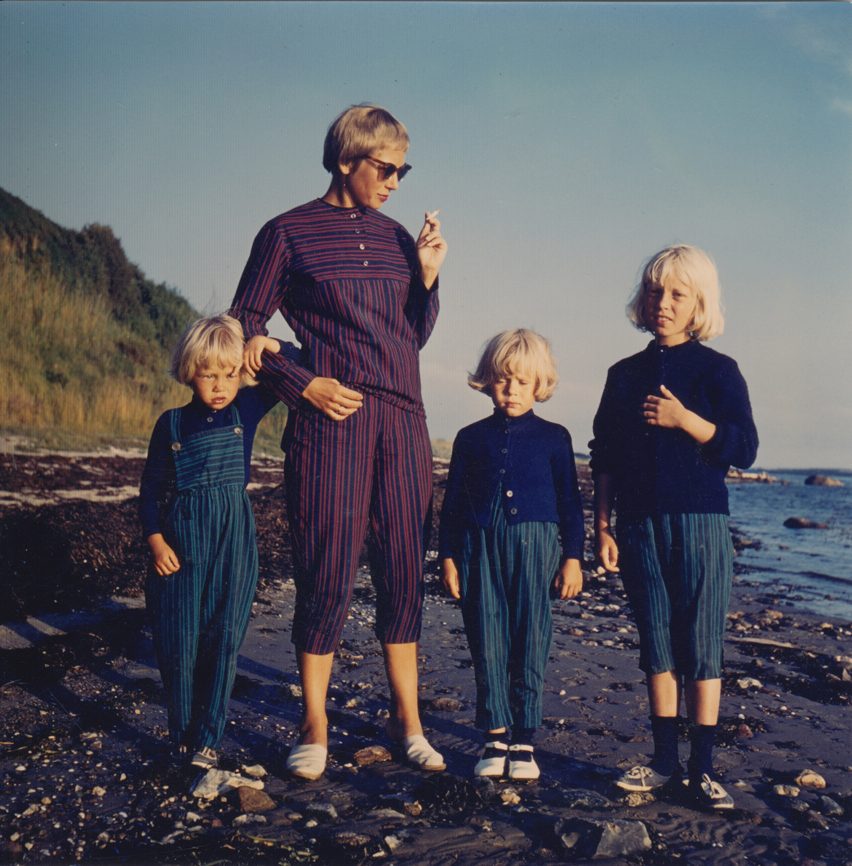
"She was probably one of the links from the people who built mid-century [design]," Byriel said.
"I think that there will be a new generation who will look to her as their rock star," Graversen added.
Fredericia is a Danish furniture brand founded in 1911. Besides Ditzel, the brand also produces the designs of iconic Danish designers such as Mogensen and Wegner, as well as the work of contemporary designers including Manz and Jasper Morrison.
Partnership content
This talk was filmed by Dezeen for Fredericia as part of a partnership. Find out more about Dezeen's partnership content here.